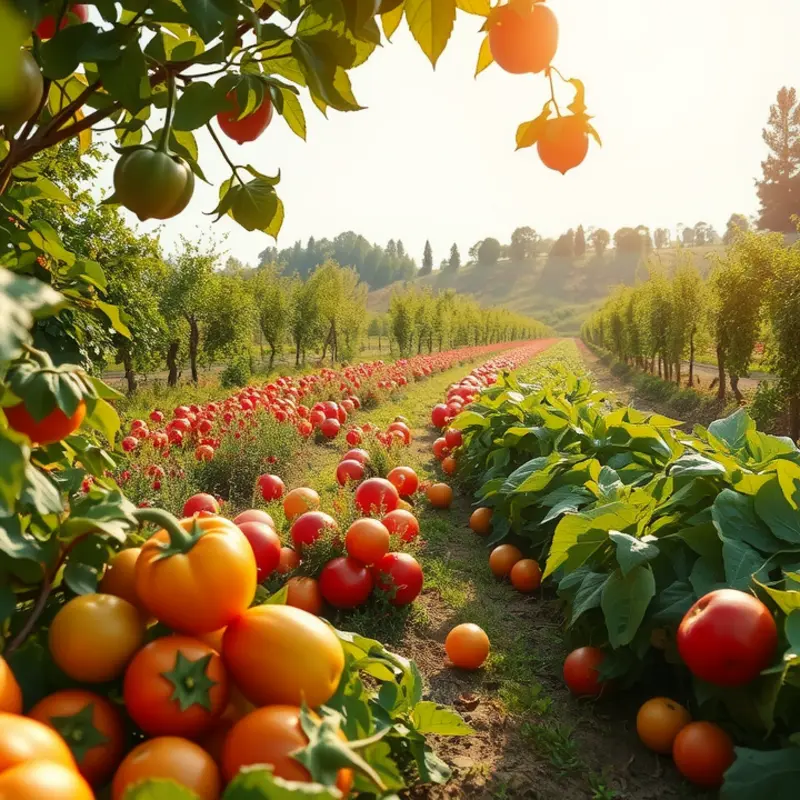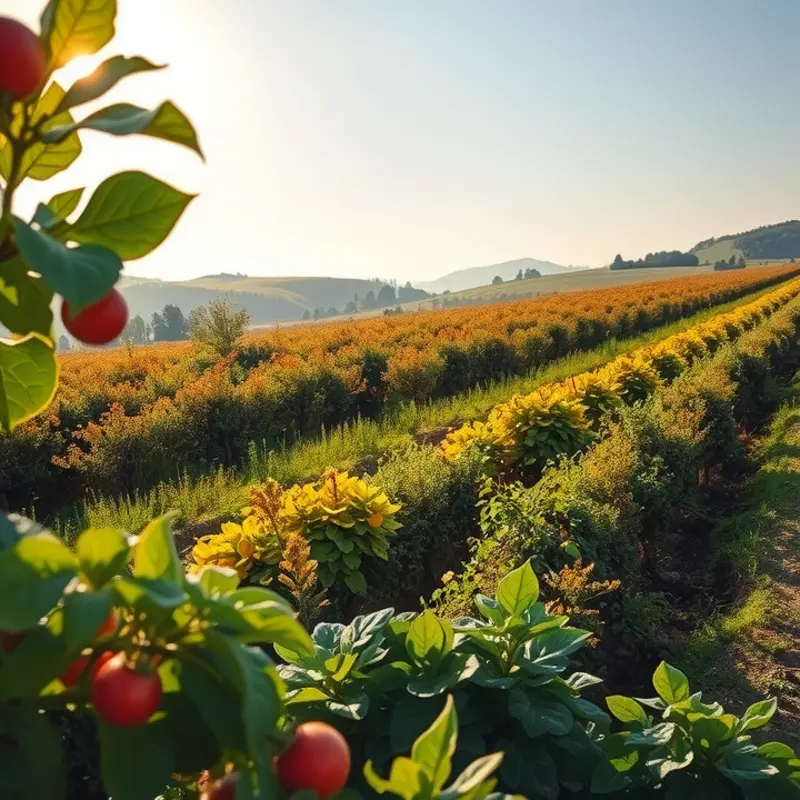Fermentation is more than a method; it’s a cultural narrative woven into the fabric of global culinary traditions. From the spicy kimchi of Korea to the effervescent kombucha that has taken the West by storm, each fermentation tradition is rooted in history, locality, and innovation. Diving into the tools and methods of fermentation, we explore how different cultures approach this age-old practice, with a focus on local ingredients and unique techniques that bring bold flavors to the table. Let’s embark on a flavorful journey of discovery.
The Art and Science of Fermentation Tools

Fermentation represents a bridge connecting human ingenuity with nature’s transformation processes. Central to this transformative journey are the tools and vessels that facilitate fermentation in diverse cultures worldwide. Clay pots, for instance, are iconic in many societies, due to their ability to provide a stable environment for fermentation. Their porous nature allows for microoxygenation, which encourages the growth of beneficial bacteria.
In Korea, the traditional onggi pots are renowned for kimchi fermentation. These stoneware ceramics, with their breathable properties, create the perfect conditions for lacto-fermentation. Their large size and customary burial in the ground further stabilize temperature variations, enhancing fermentation even in fluctuating climates.
Similarly, Japan favors cedar barrels called kioke for fermenting miso and soy sauce. These barrels impart a unique woody aroma to the ferment, showcasing how tools integrate with ingredients to form distinctive flavors. The craftsmanship involved in creating a kioke illustrates not just functionality but a dedication to preserving ancient artisanal methods.
In contrast, some African cultures utilize gourds and calabashes. These natural vessels provide an excellent medium for fermenting beverages like non-alcoholic palm wine and yogurt-style drinks. Their ability to maintain temperature stability aids lactic acid fermentation, crucial in regions with high ambient temperatures.
Modern kitchens, however, often rely on glass jars and airlocks, emphasizing the intersection of tradition and technology. These contemporary tools provide both ease of observation and control over fermentation variables. Glass grants full visibility of the process, allowing for meticulous monitoring of texture and color changes.
Innovative adaptations continue to emerge, as seen in the advent of fermentation crocks with water-sealed lids. These crocks offer an automatic venting solution for carbon dioxide, preventing contamination while requiring minimal manual intervention. Such innovations exemplify the ongoing evolution of fermentation tools.
These vessels’ unique designs are more than just material choices; they symbolize the cultural identities and historical narratives of their regions. Selecting the appropriate tool not only influences the fermentation outcome but also pays homage to centuries of culinary tradition.
To truly appreciate fermentation’s global tapestry, one must understand that these tools play a pivotal role in crafting the flavors and textures we celebrate. Each tool, whether an ancient clay pot or a sleek modern jar, speaks a language of tradition, innovation, and unyielding patience.
For those looking to explore fermentation at home, understanding sustainable practices and storage can enhance your culinary ventures. Embracing eco-friendly kitchen habits can extend the lifespan of both your ingredients and tools, as discussed in eco-smart kitchen storage.
By understanding and appreciating the art and science behind fermentation tools, we honor the cultures that developed them and the global community that has embraced their adaptation. In doing so, we embark on a flavorful expedition through the world’s diverse culinary landscapes.
Culturally Rich Fermentation Techniques

Fermentation is a timeless art, deeply woven into cultural practices around the globe. Each region offers unique techniques that highlight the integration of local ingredients, communal wisdom, and traditional values. Let’s journey through a few distinct examples to appreciate how fermentation extends beyond preservation, thriving as an embodiment of regional culture.
In Korea, kimchi is an iconic dish symbolizing resilience and creativity. This staple involves fermenting seasonal vegetables, most famously Napa cabbage, with a blend of garlic, ginger, and chili powder. The preparation involves salting the vegetables to draw out moisture, followed by seasoning and fermentation in clay pots. Fermentation enhances kimchi’s flavor complexity, offering a cherished source of vitamins and probiotics. Rich in tradition, kimchi is a worldwide ambassador of Korean cuisine, celebrated for its health benefits and culinary versatility.
Germany’s sauerkraut reflects a heritage of practical food preservation. Cabbage is thinly sliced, then layered with salt, allowing natural lactic acid bacteria to ferment the vegetable over weeks. This technique not only preserves the cabbage but boosts its vitamin C content, making it a historical staple for sailors to prevent scurvy. The tangy, crunchy delight of sauerkraut pairs with meats, imparting both flavor and digestive benefits—highlighting an economical yet nutritious approach rooted in German food traditions.
Japan, a land of precision and simplicity, offers tsukemono, or Japanese pickles, as a testament to its culinary mastery. Traditionally, vegetables are submerged in brine, rice bran, or miso paste, allowing fermentation to work its magic. Tsukemono provides acidic and umami notes to balance Japanese meals, acting as a palate cleanser and digestive aid. It reflects Japan’s appreciation for seasonal ingredients and the sublime art of balancing flavors, integral to its dining etiquette.
In the West, kombucha, a fermented tea, has surged in popularity due to its purported health benefits. Originating from East Asia, this beverage involves fermenting sweetened tea with a symbiotic culture of bacteria and yeast, forming a refreshing, effervescent drink. Kombucha enthusiasts embrace it for its probiotic properties and dynamic flavor profile. Its rise in Western cultures signifies a growing trend toward holistic wellness and sustainability, as homebrewing aligns with eco-conscious living practices. For more on eco-smart kitchen practices, visit Eco-Smart Kitchen Storage.
Each fermentation technique not only preserves food but transforms it, enhancing flavors and boosting nutritional values. Through these methods, we observe an expression of cultural identity, echoing the stories and histories of their regions. Fermentation continues to bridge the past with the present, celebrating the diversity and creativity of global culinary practices.
Final words
The world of fermentation is as vast and varied as the cultures that have perfected it over centuries. By embracing local tools and methods, we not only enhance our culinary skills but also connect with a rich tapestry of traditions that celebrate the art of preserving and flavoring food. Each fermented product tells a story—of the soil it came from, the hands that crafted it, and the community that shares in its enjoyment. As food enthusiasts and culturally-curious individuals, exploring these techniques opens a door to deeper appreciation of global cuisines, enabling us to create dishes that are both savory and steeped in history. Let the adventure of fermentation inspire your kitchen creations and deepen your culinary journey.








